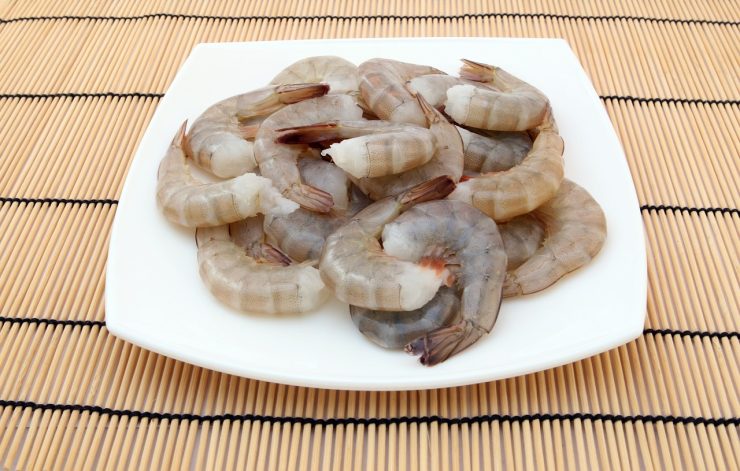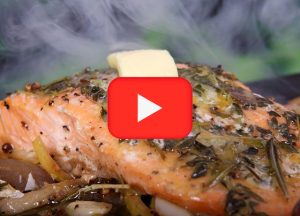Hey folks, let’s dive into the shrimp dilemma, shall we? It’s no secret that shrimp is a crowd favorite when it comes to seafood, whether you’re in the U.S. or anywhere else in the world. But here’s the catch—it’s also the most traded seafood globally, and that’s where things get a bit murky.
You see, a staggering 94% of the shrimp we gobble up is farmed, mainly in countries like Thailand, China, and Ecuador. But before you start licking your lips, here’s a reality check: farmed shrimp might not be the healthiest catch of the day. In fact, it’s considered one of the unhealthiest seafood options out there, even worse than some other polluted fish like tilapia and catfish. And to make matters worse, less than 2% of imported shrimp gets inspected by the FDA. Talk about flying under the radar!
Farmed shrimp is like a cocktail of pesticides, antibiotics, and nasty bacteria, including the notorious E.coli.
These shrimp farms are essentially giant cesspools, cramming millions of shrimp into tiny ponds filled with waste and disease. And to keep things from turning into a shrimp apocalypse, farmers pump these ponds full of antibiotics and pesticides that are often illegal and way too toxic to be used in the U.S. So yeah, that shrimp scampi might not be as appetizing as it looks.
But wait, there’s more! Ever heard of shrimp masquerading as “wild-caught” or “Gulf shrimp”? Yep, it happens more often than you’d think. A sneaky 2014 study found that up to 40% of the shrimp in the U.S. were mislabeled, leaving consumers in the dark about what they’re really eating.
And if that’s not enough to make your stomach turn, here’s a fun fact: shrimp additives can have some pretty nasty side effects, from messing with your hormones to causing allergic reactions. Not exactly what you want in your seafood platter, right?
But fear not, seafood lovers!
There’s still hope in the form of wild-caught shrimp, which is often a safer and more sustainable option. Sure, there might be some bycatch along the way, but hey, Rome wasn’t built in a day. With stricter regulations and a bit of consumer awareness, we can hopefully clean up our shrimp act and enjoy our seafood guilt-free.
So next time you’re craving some shrimp cocktail, take a moment to think about where it’s coming from. And if you’re ever unsure, don’t hesitate to ask your grocer for the scoop. After all, a little knowledge goes a long way when it comes to what’s on your dinner plate.
NEVER order these 4 Fish at a restaurant
Wild-caught fish can be a part of a heart-healthy diet.
But some fish you should avoid like the plague.
And if you’re eating out?
NEVER Order These 4 Fish At A Restaurant












